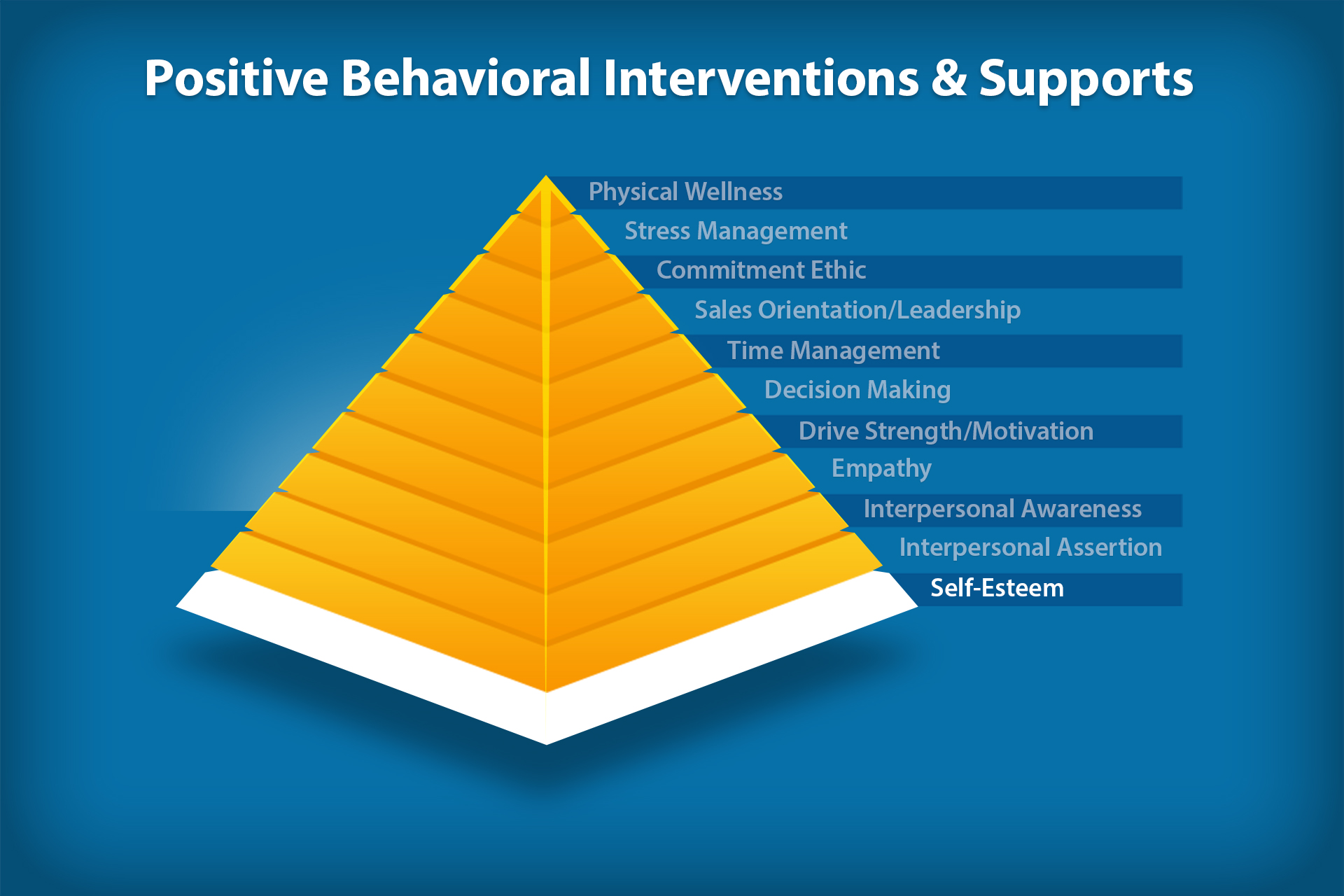
A Wholesome Approach
A computer is made up of two main components: Hardware and software. Both are necessary for the computer to operate successfully. Without hardware, your computer would not exist and software would have nothing to run on, and without software, you would simply have a machine, incapable of performing any kind of meaningful work.
As mentioned in our last post, Positive Behavioral Interventions and Supports (PBIS) is a term used to describe the proactive approach to establishing the behavioral supports needed for students to achieve social, emotional and academic success.Much like a computer requires both hardware and software to function successfully, PBIS understands that students must learn both behavioral skills as well as academic skills in order to be successful. The trend toward incorporating both academic and behavioral instruction into the classroom is growing because you cannot separate academic performance from social/emotional learning. Both are key ingredients for a student’s success in school, the workplace and life in general.

Self-Esteem and Social/Emotional Learning
Perhaps the most basic skill, and the one most often overlooked in social/emotional development, is self-esteem. Self-esteem is the building block for all other characteristics for social/emotional development. Consider the following definition of self-esteem: Self-esteem is the level of personal satisfaction related to attitudes, beliefs and general behavior. Your self-esteem affects the way you react to the world. Simply, it is how well you like yourself at any given time. High self-esteem usually goes hand-in-hand with feelings of self-respect and self-worth. Low self-esteem goes with bad feelings or dislike for oneself. Some common behaviors that are displayed by individuals with low self-esteem are:
- Poor performance in the classroom
- Quick to anger
- Quick to blame
- Avoiding responsibility
- Difficulty with people in charge
- Difficulty in accepting criticism
- Trying to be perfect
- Excusing one’s failures
- Bragging
- Avoiding close relationships
- Use of drugs and alcohol
- Many other bad behaviors

How Self-Esteem Begins
Research has shown that young children by the age of three to four years old have already created a level of self-esteem that may stay with them the rest of their lives. How can this be? Babies learn about self-esteem through non-verbal messages. Something as simple as how you were treated as a child creates future levels of self-esteem. Once a child understands words, verbal or spoken messages begin to have impact on self-esteem.
This leads to the significance of hearing negative messages. The messages we keep in our minds are constantly replayed over and over. Often this inner voice tends to attack and judge. People with low self-esteem have a more critical inner voice. With low self-esteem one’s inner voice says, “Things are going badly” even if they are not.
Can Self-Esteem change?
The key thing to remember is self-esteem is learned; low self-esteem can be unlearned and replaced with better thoughts and feelings. When improving self-esteem, the most important thing to focus on is your critical inner voice. You know, the voice that speaks to you, in your head, all day long. The first thing you must do is learn to replace your inner critic with positive messages.
But, just knowing about Self-Esteem isn’t going to translate into positive outcomes for your program. If you really want to see results, you need to apply this information in a way that will help the individuals you work with set goals, manage their emotions, and develop the workplace readiness skills they need to be successful in today’s information economy.
If you need help connecting PBIS to meaningful outcomes, we’ve developed social/emotional learning standards that you can download for FREE. These standards are research-based and organized by stage of life, so you can easily identify which skills to work on with your users or students.
If you’d like to download our soft skills standards you can find them here:
